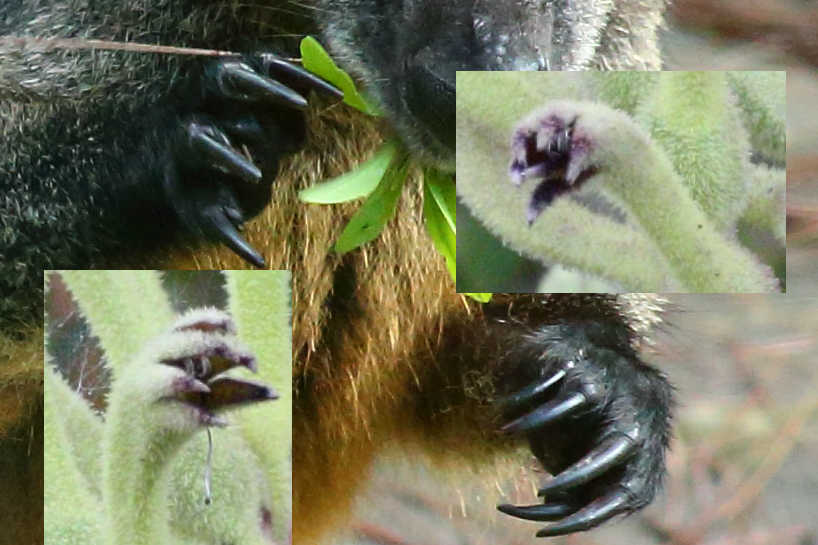I’m still on a mushroom kick after reading Entangled Life. One of the bonuses of working at home now is being able to go out mushroom hunting at lunchtime to take photos! I usually go down into the bush but these ones were right next to the house growing out of some hay mulch. I took a few photos when they first sprouted. I’d planned to take some more the next day as they grew but when I returned there was a slug with it’s mouth wrapped around the entire cap! An hour later the slug was gone, all that was left of the mushroom was a bare stalk.

After a day of growing they were about 5cm tall, the cap had expanded and turned a deeper red colour with regularly spaced white nodules around the rim. I returned an hour later to take a photo and found this!

This is all that was left.

I took the slug photos with my SLR and 70-300 zoom lens. They are not as clear as I’d hoped, I’ve got some extension tubes on order to hopefully step up my macro photography game. The other photos are taken with my phone.








